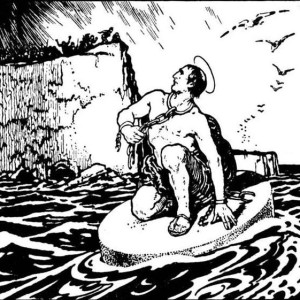One of the joys and, indeed, challenges of writing an historical novel is creating fictional characters and integrating them with real people from the time of the book’s events. Interweaving real people with fictional persons helps enliven a bygone era and engage the reader in a way a dry, historical account might not.
I have my own favorite characters in The Miner & the Viscount; I wonder who yours might be.
Here is the cast of characters — the imagined and the long dead — which you can also find in the front pages of the book.
The Historic Characters
ELIOT FAMILY, of Port Eliot
Edward Eliot (1727-1804), created first Baron Eliot 1784
Catherine Elliston Eliot (1735-1804) his wife;
Edward James Eliot (1758-1797) their eldest surviving son;
John Eliot (1761-1823) their second son, first Earl of St. Germans;
William Eliot (1767-1845) their third son, second Earl of St. Germans;
John Eliot (1742-1769) younger brother of Edward Eliot
PITT FAMILY, of Boconnoc
Thomas “Diamond” Pitt (1653-1726) East India merchant, Governor of Madras;
Robert Pitt (1680-1727) his eldest son, married Harriet Villiers (c.1680-1736);
Thomas Pitt, (1705-1761) elder son of Robert, former Lord Warden of the Stannaries, married Lucy Lyttelton;
William Pitt, the Elder (1708-1778) second son of Robert, married Lady Hester Grenville (1720-1803);
William Pitt, the Younger (1759-1806) second son of William Pitt the Elder;
Harriot Pitt (c. 1758-1786) younger daughter of William Pitt the Elder;
Other Characters of Note:
Ralph Allen (1693-1764) Postmaster of Bath, entrepreneur;
Thomas Bolitho, merchant, investor, man of business;
Frances Boscawen (?-1805) widow of Admiral Edmund Boscawen, member of Blue Stockings Society;
Hannah More, intellectual, educator, member of Blue Stockings Society;
St. Piran (c. 6th century) patron saint of Cornwall and of tin miners;
Joshua Reynolds, portraitist, patronized by Eliots;
John Smeaton, inventor, first civil engineer, Fellow of the Royal Society;
Philip Stanhope, illegitimate son of Earl of Chesterfield, MP for Liskeard and later St. Germans, diplomat;
Reverend John Wesley, founder of Methodism;
John Williams, captain of Poldice Mine;
James Davis, Mayor of Liskeard;
Edwin Ough,Town Clerk of Liskeard;
Stephen Clogg, Councilman of Liskeard;
Thomas Peeke, turnpike witness
The Fictional Characters
PENWARDEN FAMILY
Addis, a tin miner in the Poldice mine; mine captain at Wheal Hykka; Lizzie, wife of Addis;
Jedson, a tin miner and younger brother of Addis;
Jeremiah (Jemmy), his firstborn son;
Jedson, second son;
Jennifer, his infant daughter
TRENANCE FAMILY, of Lanhydrock
Baron Trenance
Sir James Trenance, his son; becomes Baron Trenance upon the death of his father; later acquires title of Viscount Dunbargan
Lady Elianor, his wife
Honorable James Trenance, their son;
Honorable Gwenifer Trenance, their daughter;
Willy Bunt, valet and footman at Lanhydrock , then worker at Port Eliot;
Mary Bunt, née Abbott, Willy Bunt’s wife and former maid at Lanhydrock;
Catherine Bunt, their daughter, goddaughter to Catherine Eliot;
Charles Bunt, their son, godson to Charles Polkinghorne;
Joseph Clymo, steward of Lanhydrock estate;
Morwenna Clymo, his daughter
Tom Kegwyn, member of a mining family, ringleader at Wheal Hykka;
Reverend Peter Perry, Perranporth, Methodist minister;
Charles Polkinghorne, man of business for Port Eliot estate.



